Inclusivity of size
We take perfection in our products seriously. In 2021, we expanded our size offerings, but we knew this was just the beginning. Our community is at the heart of everything we do; by listening to and learning from their feedback, we have been able to make a more inclusive shopping experience.
We’re excited to announce the amazing new fits of our Plus collection. With sizes 14W-28W, and 1X-4X, you can find your future favorite pair of crow.
In order to improve their clothing, they first took note of feedback from people who had tried on the clothes and created more things that are relevant and comfortable. They have worked for a year to get everything right down to the last stitch so that the clothes would feel as good as they look.
We wanted to structure sizes for the easier shopping experience, so we standardized our size scale with the industry standard. With any questions about what size is better for you, we are ready to help by emailing orders@worldofcrow.com or virtual chatting.
We are proud of the work we’ve done, including all the products you've helped create. Your feedback is important to us so please keep sending in your thoughts - good and bad. We can't wait to hear from you above all!
Team,
World of crow

